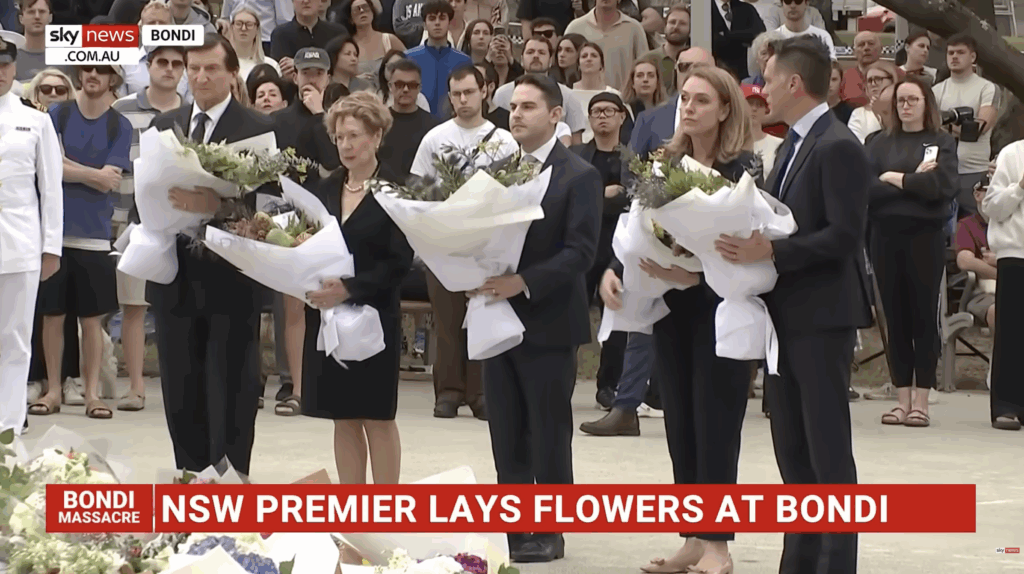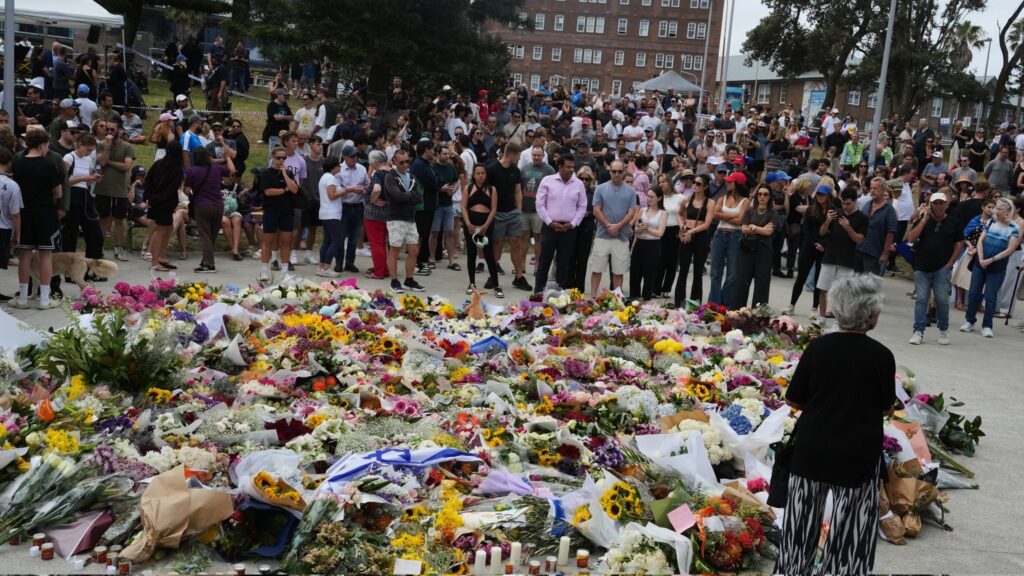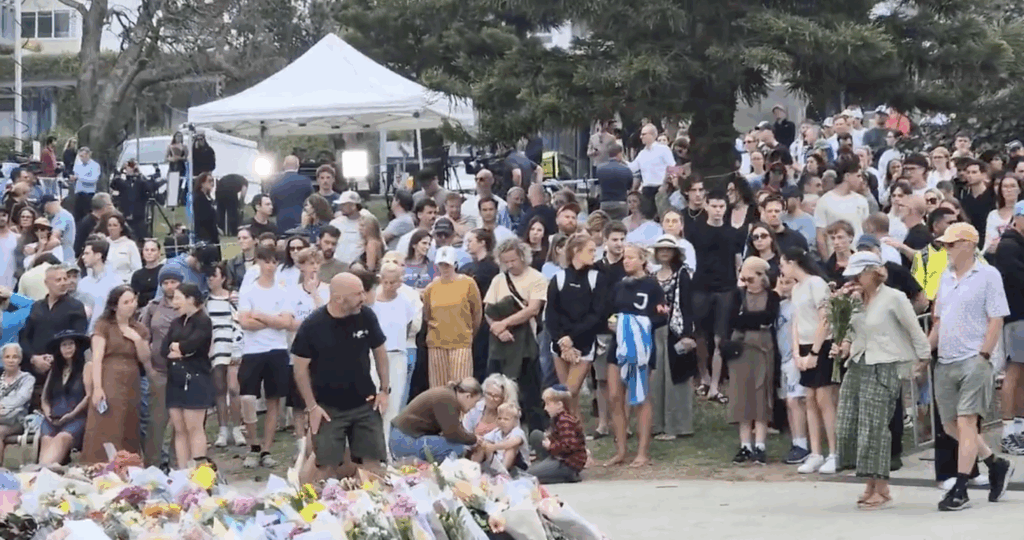IN THE MEDIA
Hezbollah’s new battle at home
September 3, 2006 | Ted Lapkin
Ted Lapkin
Sunday Age – September 3, 2006
IF LOVE means never having to say you’re sorry, that principle should apply with redoubled force when the emotion in question is hate. So when Hezbollah leader Sheikh Hassan Nasrallah publicly apologised for igniting the recent Lebanese conflict, his boasts of victory over Israel began to ring a tad hollow.
During an August 27 interview with Beirut’s New TV, Nasrallah expressed regret about ordering the cross-border raid during which two Israeli soldiers were taken prisoner. “We did not think that there was a 1 per cent chance that the capture would lead to a war of this scale and magnitude,” he conceded.
This on-air confession was a far cry from the belligerent declarations of readiness “for open war” with the Zionists that Nasrallah previously broadcast. And the rent-a-crowd outbursts of “spontaneous” support that Hezbollah orchestrates count for little in the real calculus of Lebanese politics.
As the dust from the fighting settles, Nasrallah must confront a rising tide of popular resentment over his miscalculations that led to this unnecessary war. And the season of Arab discontent is not restricted to Beirut. As far afield as Saudi Arabia, the English-language Arab News accused Hezbollah of irresponsibility and adventurism.
Nasrallah is now attempting to retake the political high ground through the ostentatious allocation of money to victims of the war. But this sudden largesse — which everyone knows comes directly from the coffers of Hezbollah’s patrons in Teheran — can only marginally defuse public anger at his recklessness. There are hundreds of thousands of Lebanese who will never see a penny in Iranian restitution. And even on a purely military level, the conflict was not the decisive Hezbollah triumph that some armchair strategists might think. True, the Shiite militia fought bravely from the fortified tunnel systems that it had built well in advance. And it had a few weapons system surprises up its sleeve, particularly state-of-the-art Russian anti-tank missiles whose tandem warheads could penetrate even Israel’s top-of-the-line Merkava tank.
But whenever Hezbollah fighters engaged in close-quarters combat with Israeli troops, they lost — badly. So by the end of the conflict the militiamen were reduced to sniping from a distance at Israeli infantry with sophisticated anti-tank missiles. And while this tactic allowed Hezbollah to inflict some casualties on their enemy, it was an inefficient use of a very expensive weapon that was unsustainable over time.
None of this can excuse the glitches that plagued the Israel defence force’s prosecution of the war. For the first time in Israel’s history, its chief of staff came from the ranks of the air force rather than the army. And like the fighter pilot he is, Lieutenant-General Dan Halutz succumbed to the classic air force vanity myth that all enemies can be vanquished by bombing rather than boots on the ground.
Halutz was able to sell his faulty strategy of victory-through-airpower to a neophyte Israeli government. Prime Minister Ehud Olmert and Defence Minister Amir Peretz were new to their offices. And neither could boast any real national security expertise. By contrast with former leaders such as Ariel Sharon and Yitzhak Rabin, who had solid records of military achievement, Olmert and Peretz had backgrounds in municipal government.
A combination of arrogance and inexperience meant that Israeli infantry and armoured units were committed piecemeal to the offensive. The defence force only deployed, en masse, just a few hours before the ceasefire came into effect. It was a classic case of too little, too late.
And there were other shortcomings as well. Cuts in Jerusalem’s defence budget meant that many reservists did not undergo refresher combat training for several years before the conflict. And some reserve units went into battle equipped with older-style kit after their normal gear was taken for operational use in Gaza and the West Bank.
But the Israeli army is both flexible and smart. The tactical lessons are already being assimilated through the chain of command. Olmert has promised an enhanced appropriations bill that will allow the defence force to bring its reserve units up to scratch.
But it remains to be seen whether that will be enough to save the Israeli government from the domestic reverberations of the war. A spontaneous protest movement of demobilised reservists has sprung up to demand the resignation of the chief of staff and the government.
For its part, Hezbollah endured a serious battering during 34 days of combat. Its south Lebanon tunnel complexes are being systematically discovered and destroyed. The Israelis also killed an estimated 600 militiamen, roughly 20 per cent of the Shiite movement’s 3000-strong cadre of hard-core Iranian-trained fighters. And when the usual calculus of combat casualties — two to three wounded for every dead fighter — is applied to Hezbollah, the picture for the militia looks even worse.
Of course, the Shiite militia has already begun to recruit and replenish its arsenal. But even with the best intentions of its Syrian and Iranian patrons, the task of restoring Hezbollah’s full operational capacity will take many months, if not years.
And the question is whether the Lebanese people will again allow their country to be used by Iran as a surrogate battlefield.
For all Hassan Nasrallah’s bluff and bluster, Hezbollah could be skating on very thin domestic political ice.
Ted Lapkin is a former Israeli army officer who fought in Lebanon during the 1980s. He is now director of policy analysis for the Australia/Israel and Jewish Affairs Council.





